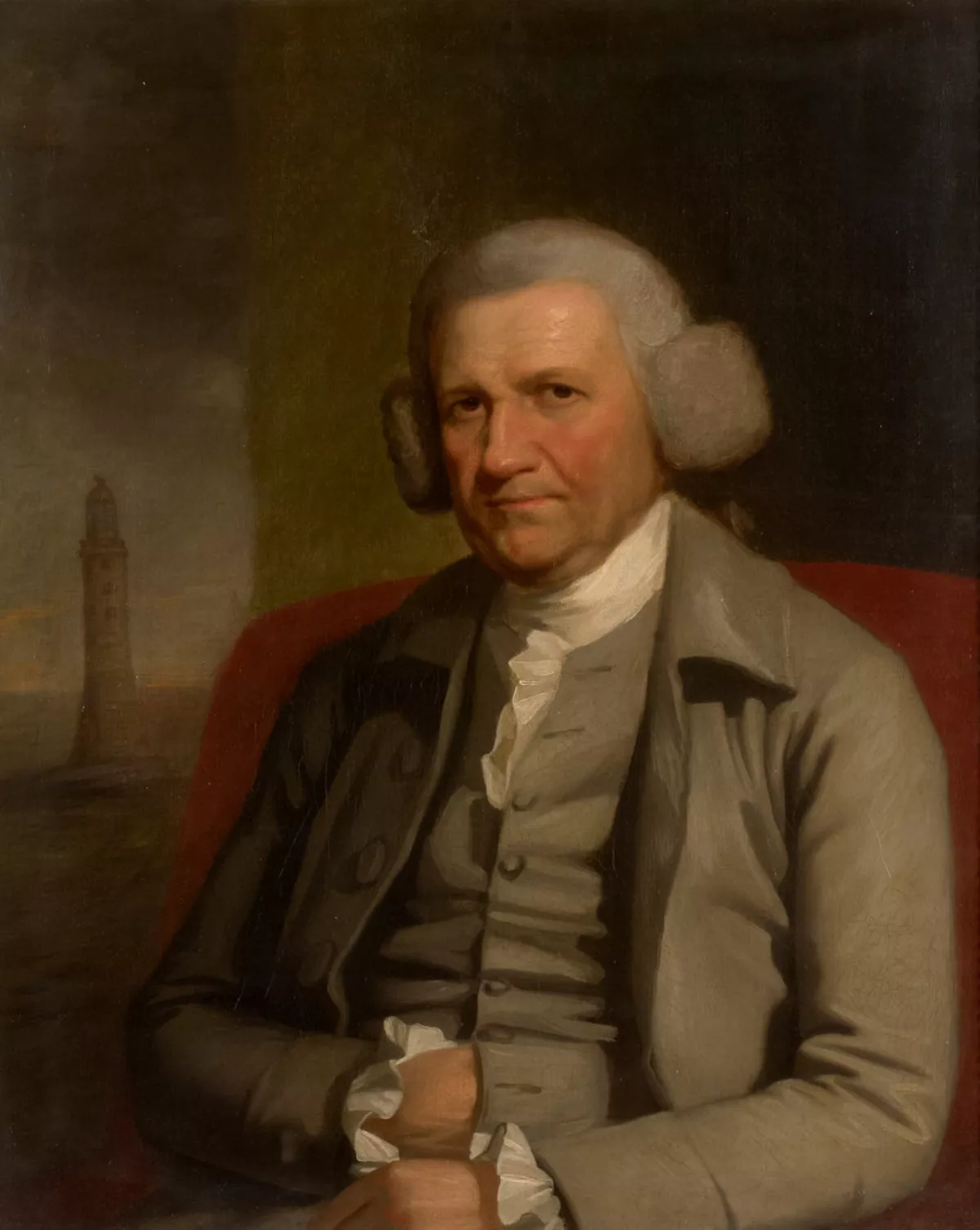 1.
1. John Smeaton was an English civil engineer responsible for the design of bridges, canals, harbours and lighthouses.

 1.
1. John Smeaton was an English civil engineer responsible for the design of bridges, canals, harbours and lighthouses.
John Smeaton was a capable mechanical engineer and an eminent physicist.
John Smeaton pioneered the use of hydraulic lime in concrete, using pebbles and powdered brick as aggregate.
John Smeaton was elected a Fellow of the Royal Society in 1753 and in 1759 won the Copley Medal for his research into the mechanics of waterwheels and windmills.
John Smeaton is important in the history, rediscovery of, and development of modern cement, identifying the compositional requirements needed to obtain "hydraulicity" in lime; work which led ultimately to the invention of Portland cement.
John Smeaton pioneered the use of 'hydraulic lime' and developed a technique involving dovetailed blocks of granite in the building of the lighthouse.
John Smeaton's lighthouse remained in use until 1877 when the rock underlying the structure's foundations had begun to erode; it was dismantled and partially rebuilt at Plymouth Hoe where it is known as Smeaton's Tower.
John Smeaton is considered to be the first expert witness to appear in an English court.
John Smeaton acted as a consultant on the disastrous 63-year-long New Harbour at Rye, designed to combat the silting of the port of Winchelsea.
John Smeaton improved Thomas Newcomen's atmospheric engine, erecting one at Chacewater mine, Wheal Busy, in Cornwall in 1775 which was both highly efficient and the most powerful at the time.
In 1789 John Smeaton applied an idea by Denis Papin, by using a force pump to maintain the pressure and fresh air inside a diving bell.
John Smeaton is credited with explaining the fundamental differences and benefits of overshot versus undershot water wheels.
John Smeaton died after suffering a stroke while walking in the garden of his family home at Austhorpe, and was buried in the parish church at Whitkirk, West Yorkshire.
John Smeaton's surviving daughters erected a memorial to him and his wife which is on the chancel wall of the church.
John Smeaton is highly regarded by other engineers, having contributed to the Lunar Society and founded the Society of Civil Engineers in 1771.
John Smeaton coined the term civil engineers to distinguish them from military engineers graduating from the Royal Military Academy at Woolwich.
John Smeaton's pupils included canal engineer William Jessop and architect and engineer Benjamin Latrobe.
John Smeaton is one of six civil engineers depicted in the Stephenson stained glass window, designed by William Wailes and unveiled in Westminster Abbey in 1862.
John Smeaton is commemorated at the University of Plymouth, where the Mathematics and Technology Department is housed in a building named after him.
John Smeaton is mentioned in the song "I Predict a Riot" by the indie rock band Kaiser Chiefs, who are natives of Leeds.